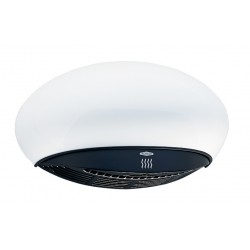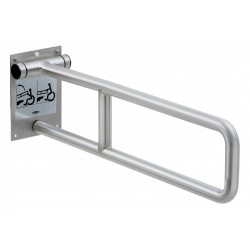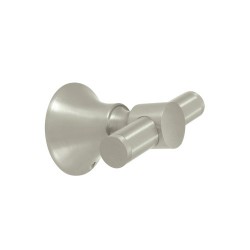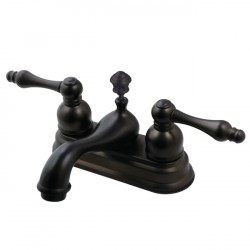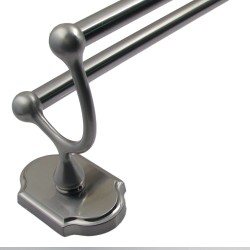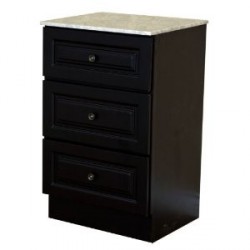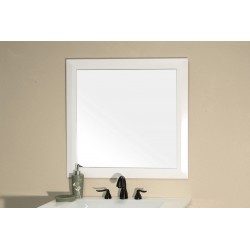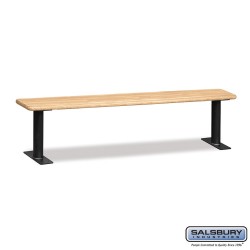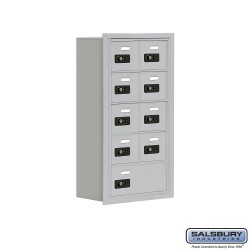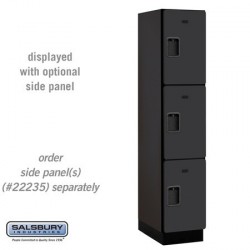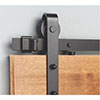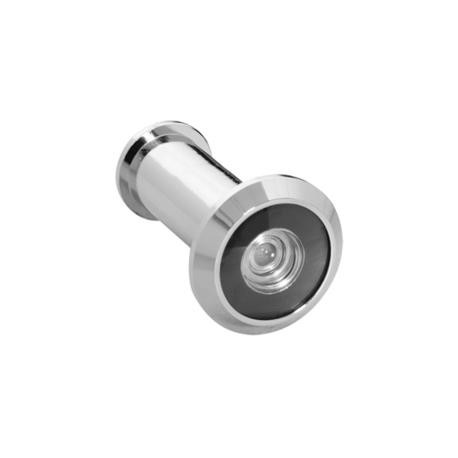Latches, Deadlatches & Deadbolts
Latches

Latches are built to be spring-loaded locks that quickly engage with the strike plate and secure your door. They are designed to retract and disengage when someone turns the door handle to open it. They lock automatically as opposed to deadbolts which have to be locked manually with a key. While they are quicker and easier to use than deadbolts, they are easily tampered with by burglars and intruders. A combination of latchbolt locks and deadbolt locks on your door offer you the ultimate security.
Deadbolts

Deadbolts are a slight amplification on the mechanical build of the basic latchbolt. Deadbolt latches feature a guardbolt, which is a smaller cylindrical bolt that manually locks into the strike plate. Deadbolts are more secure than latchbolt locks and prevent intruders from trying to “jimmy” or “bump” their way into your home. Deadbolt locks are not made to be used on your knob or lever, but rather in conjunction with your latchbolt locks which are positioned on them.
There are two main types of deadbolts, single cylinder and double cylinder. Single cylinder locks feature a keyhole on the exterior and a thumb-lock on the interior. They make it easy for you to escape the house in the case of an emergency because no manual unlocking is required. Double cylinder locks feature a keyhole on both the exterior and interior. They are often used on glass doors or in commercial applications because they don’t always meet fire and emergency codes for residential homes.
Deadlatches

The difference between a deadbolt and a deadlatch is they lock manually from the inside as opposed to deadbolts which need to be locked manually from the outside. Deadlatches are encouraged by insurance companies because they prevent a burglar who gained entry through a window from being able to exit the premise through the door, keeping your larger belongings safe.
Mortise Deadlocks
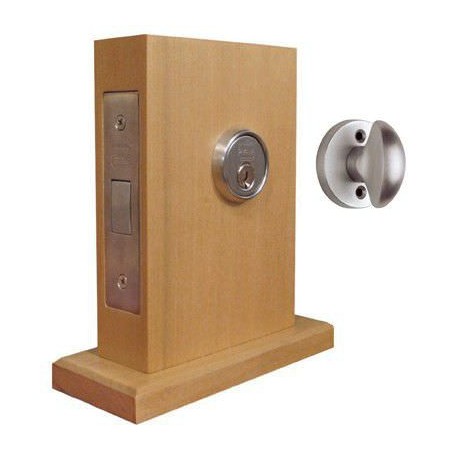
Mortise Deadlocks are ideal for commercial applications and homes that require heavy duty security. They can only be operated through a key which means you will need duplicates in order to be sure you can control them because there is no convenient way to throw the lock. Mortise deadlocks are nearly impossible to break or tamper with and aren’t necessary for most residential properties.


















































































































































































































































































































































































